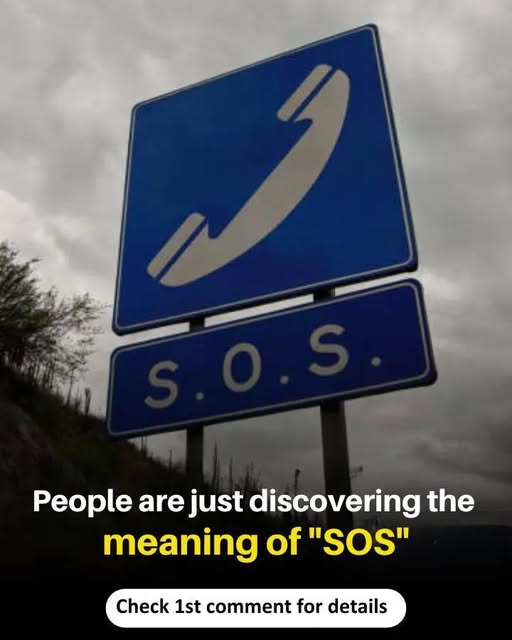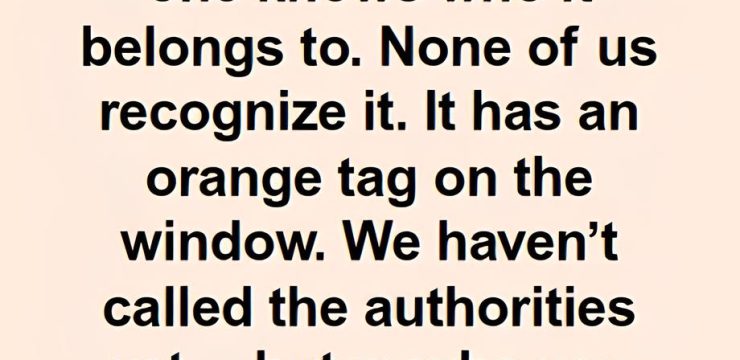Most of us have seen or heard the distress signal “SOS” at some point—whether in a movie, on a TV show, or even written out dramatically in sand on a deserted island. It’s one of the most widely recognized emergency signals in the world, and people automatically associate it with someone in desperate need of help.

For decades, many have believed that SOS stands for phrases like “Save Our Souls” or “Save Our Ship,” with others even thinking it means something like “Send Out Succor” or “Help, Oh Help!” While those interpretations sound fitting and dramatic, they’re not actually the real meaning behind those three letters. In fact, the truth about SOS is a lot simpler than most people realize—and it may come as a surprise. Despite how it looks, SOS is not an acronym and never was.
It doesn’t stand for any specific words or emotional pleas. Instead, it was created purely for the sake of clarity and ease of communication during emergencies, especially when using Morse code. The signal was officially adopted in 1908 as the international distress call for maritime communication, and it was selected not for its dramatic flair but because of how unmistakably simple it is to transmit and recognize. In Morse code, SOS is represented as three short signals, three long signals, and three short signals again—dot dot dot, dash dash dash, dot dot dot—or written out like this: ··· ––– ···.
This pattern was chosen because it’s easy to send, easy to remember, and very hard to mistake for anything else, especially in noisy or chaotic environments where clear communication could mean the difference between life and death. It’s also symmetrical and repetitive, which made it ideal for early telegraph operators to quickly learn and use without confusion. Because it had no real linguistic meaning at the time, it also worked across languages, which was crucial in international waters where ships from many countries needed a universal way to signal distress. Over time, as the use of Morse code declined and radio and voice communication became more common, people began trying to assign meanings to the SOS signal to help remember it or make it sound more meaningful. That’s when phrases like “Save Our Souls” and “Save Our Ship” started gaining popularity.
These so-called backronyms—where meanings are assigned to letters after the fact—stuck around and became widely accepted, even though they were never part of the original intention. Even today, people are often surprised to learn that SOS was never meant to stand for anything at all. While it has become a symbol of distress and emergency across the globe, its origins are purely functional. It was designed to be a quick, clear, and unmistakable signal that anyone could recognize regardless of what language they spoke or what country they were from. This simplicity is actually what made it so effective. Although modern technology has introduced more advanced systems for sending distress signals—like GPS-based emergency beacons, cell phone alerts, and international radio procedures—SOS remains deeply embedded in our cultural understanding of emergencies. It’s still used in situations where verbal communication isn’t possible, like flashing a light, tapping out a message, or writing it in a visible location to attract attention. It has even found its way into everyday language, where people might jokingly say they’re sending out an “SOS” when they need help with something as simple as fixing dinner or assembling furniture. In the end, the power of SOS lies not in what it supposedly stands for, but in the brilliance of its original design. It reminds us that sometimes, the most powerful tools are the ones built for simplicity and universal recognition. So the next time someone confidently tells you that SOS stands for “Save Our Souls,” you can let them in on the real story—that those three letters were never meant to say anything at all. They were just meant to be heard.





